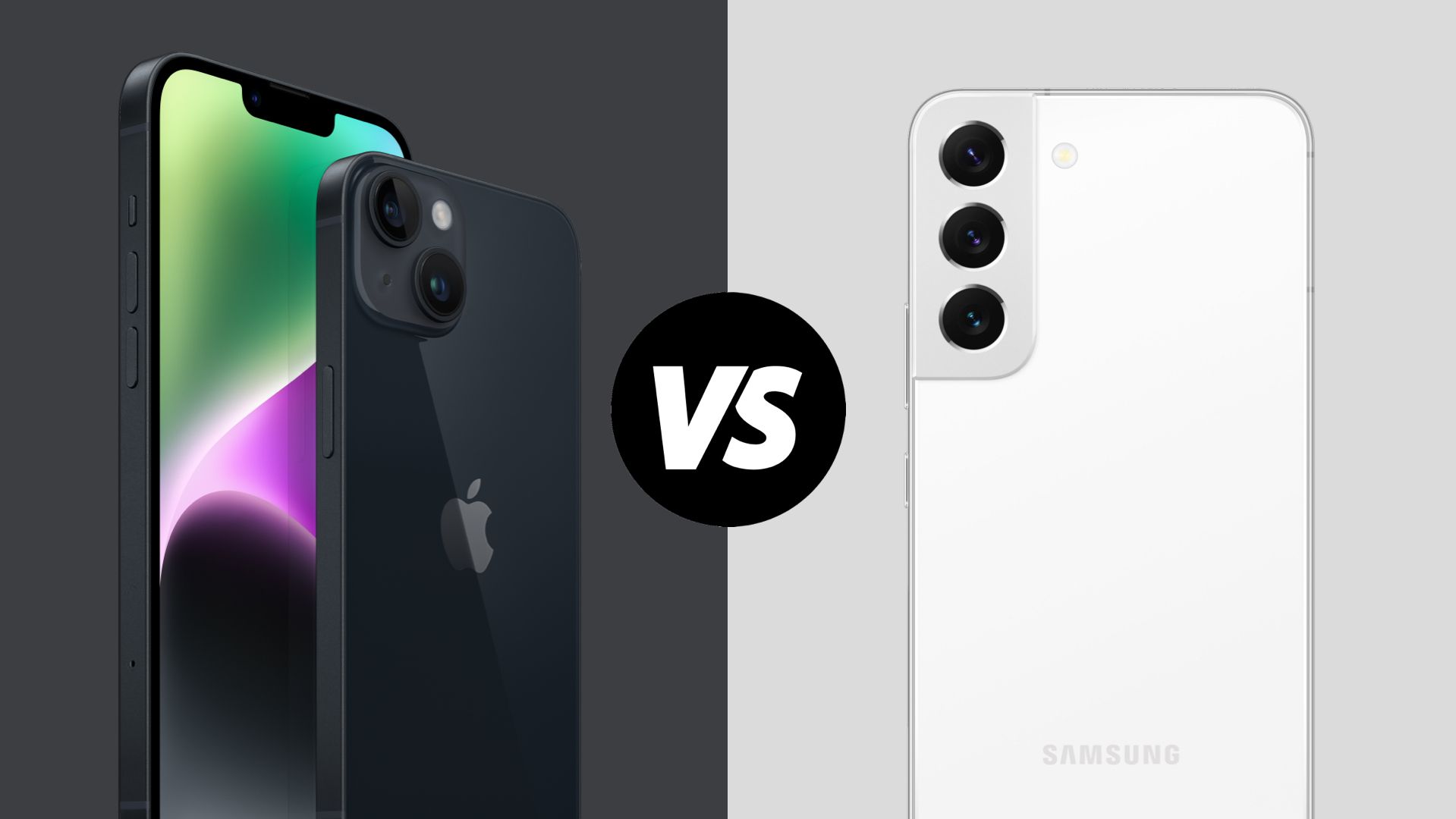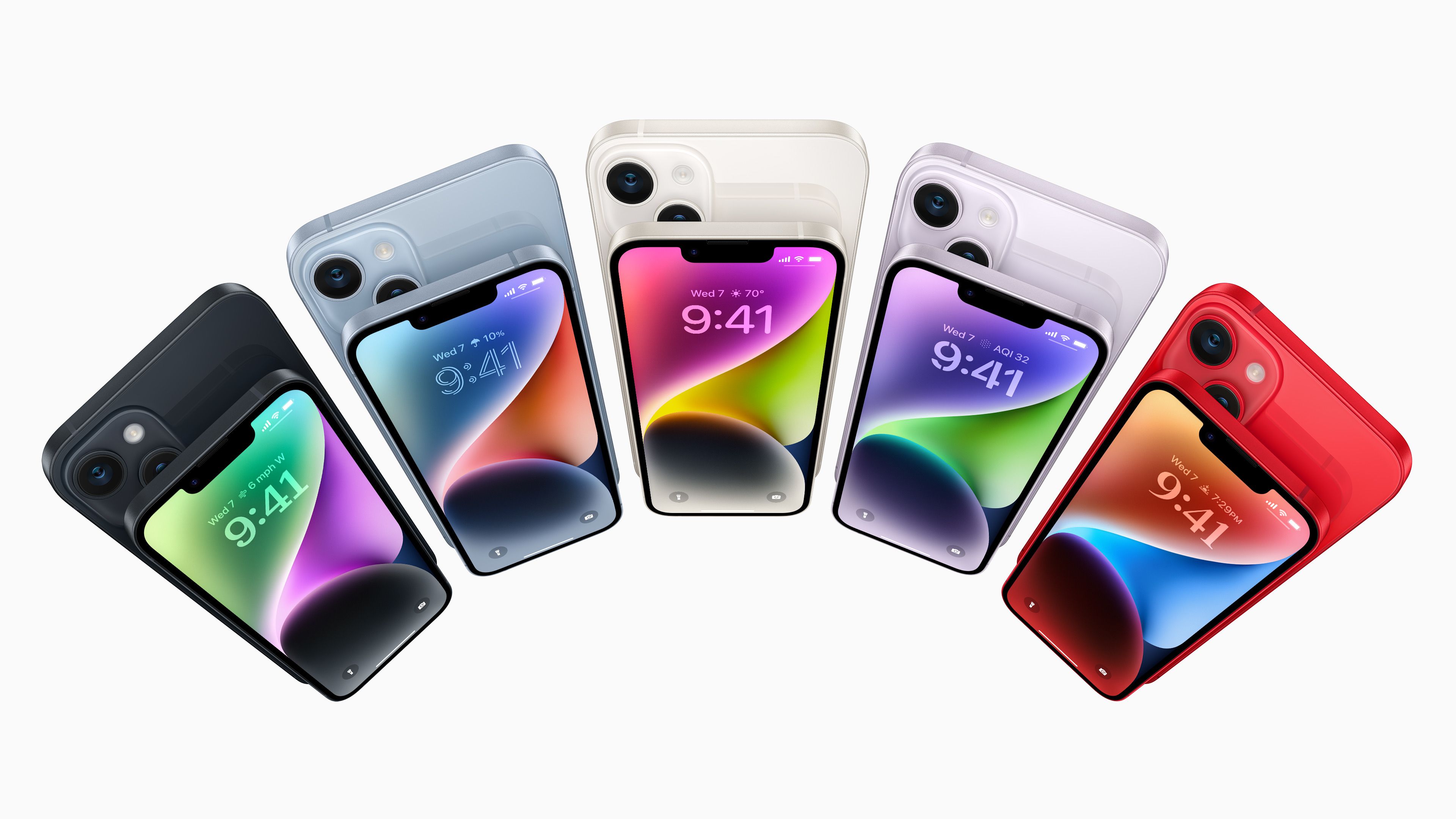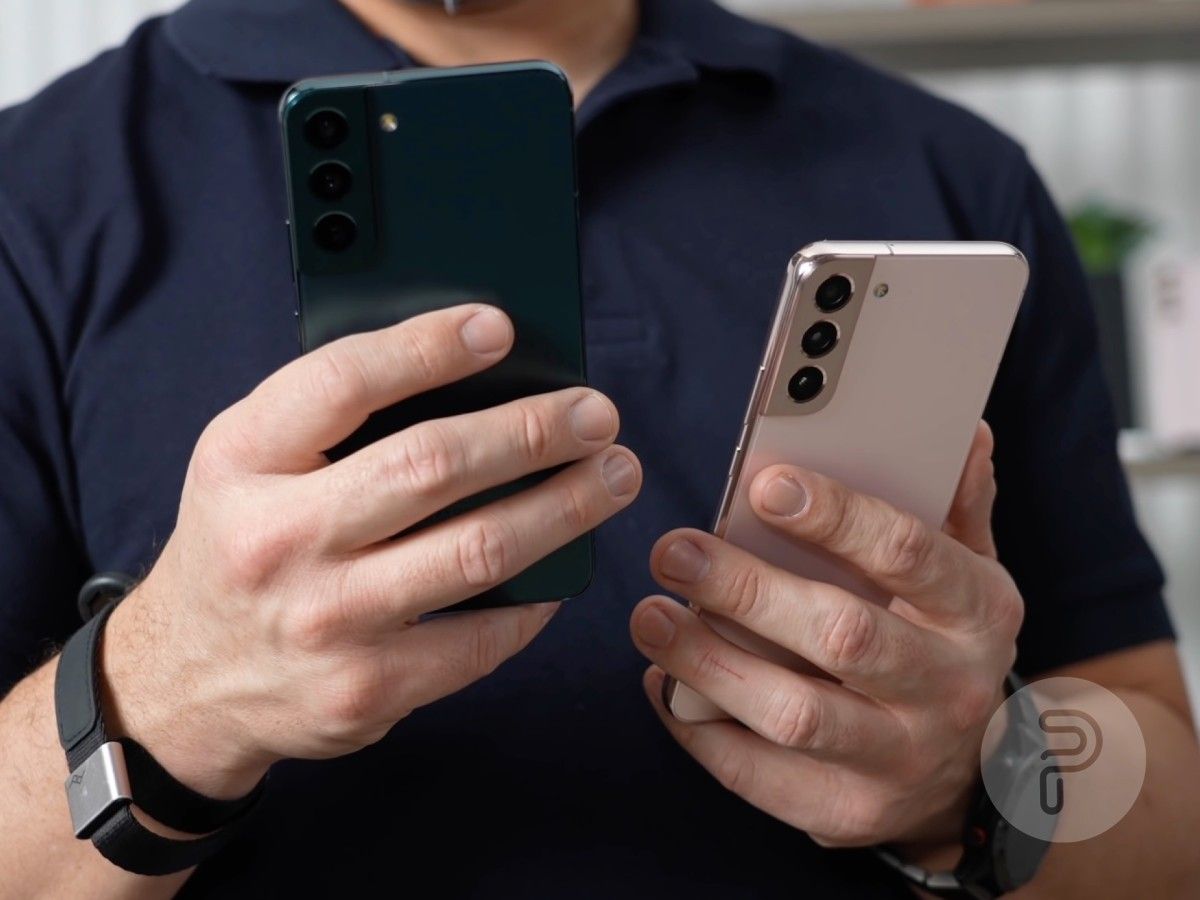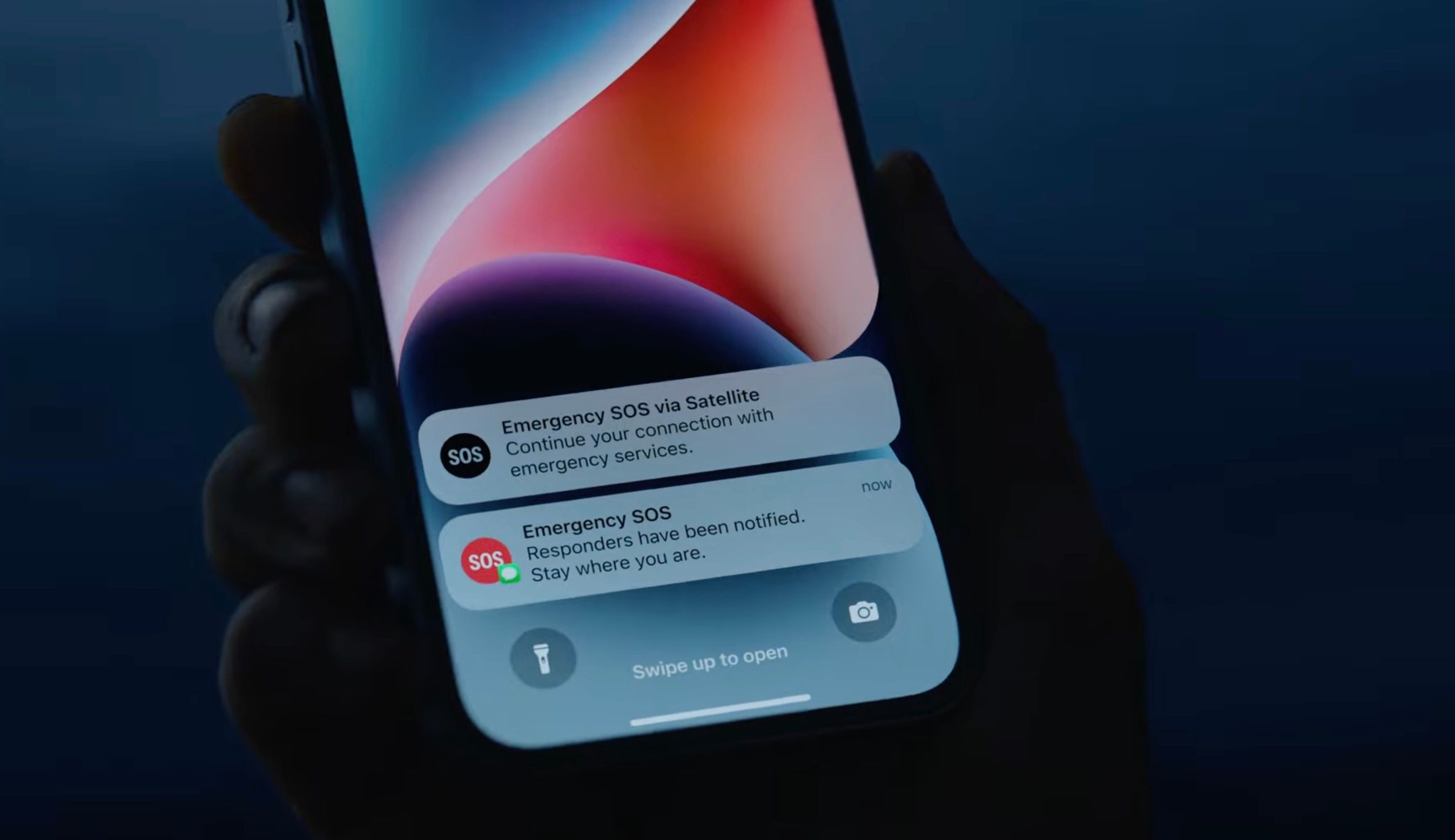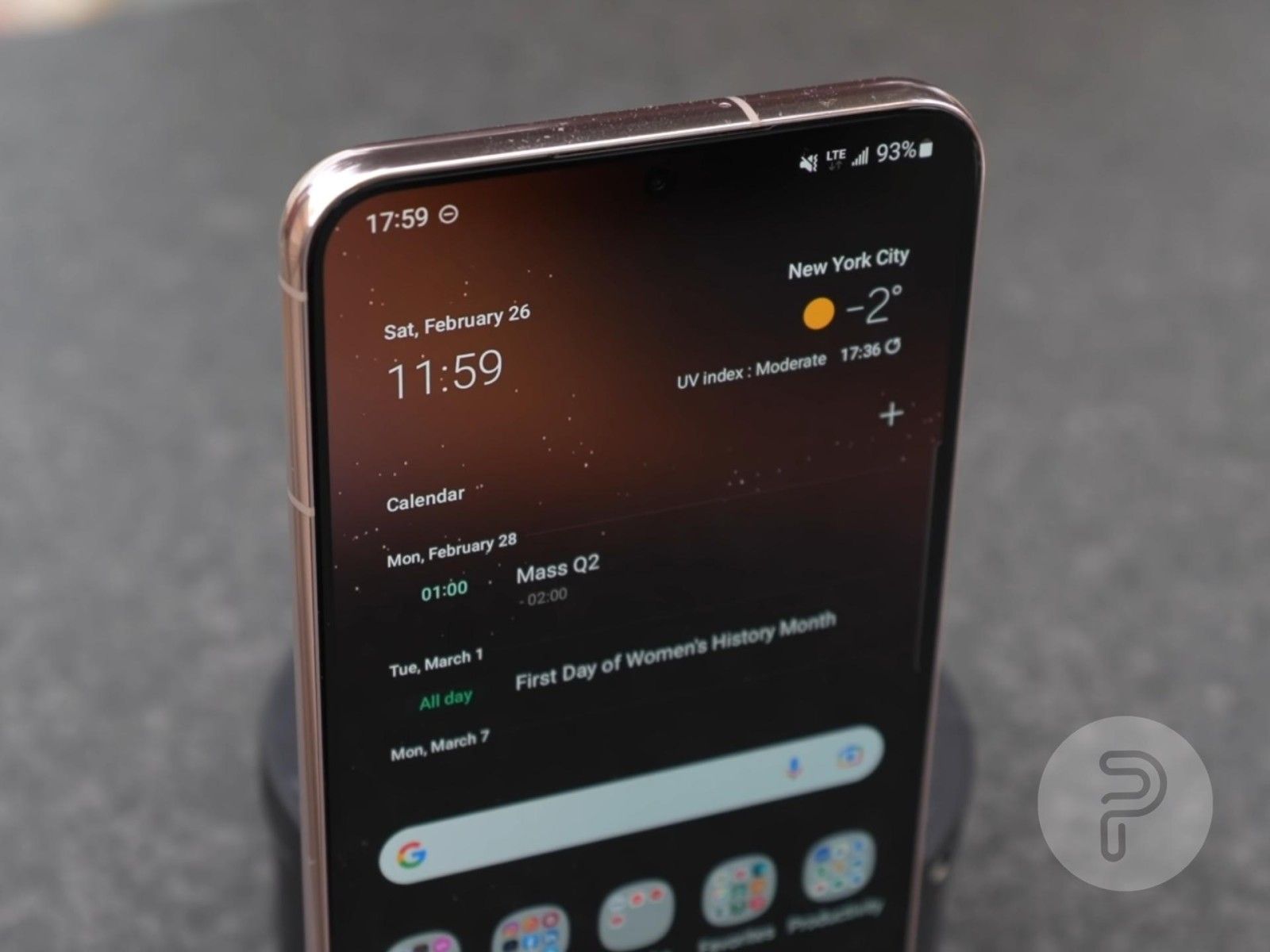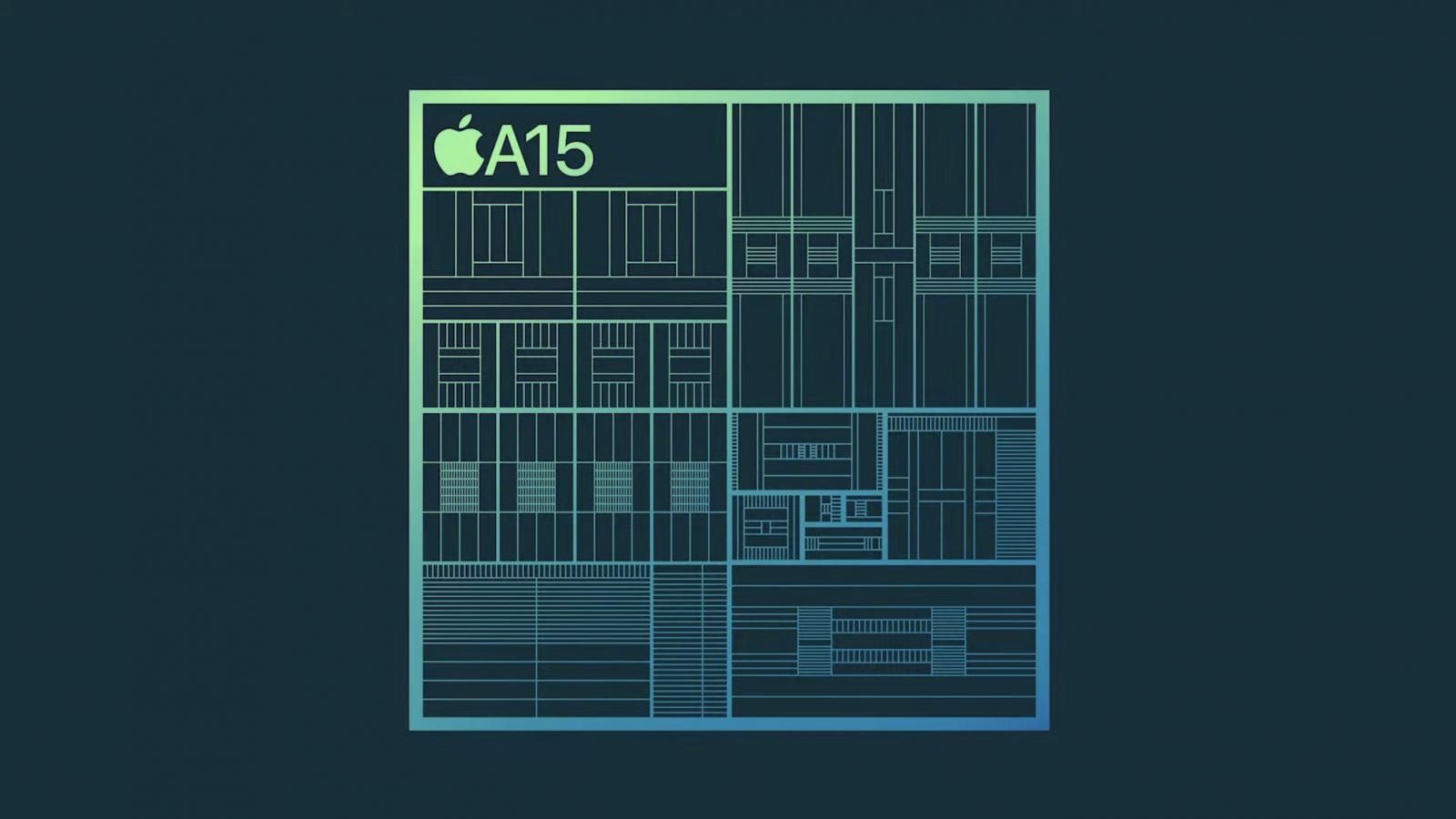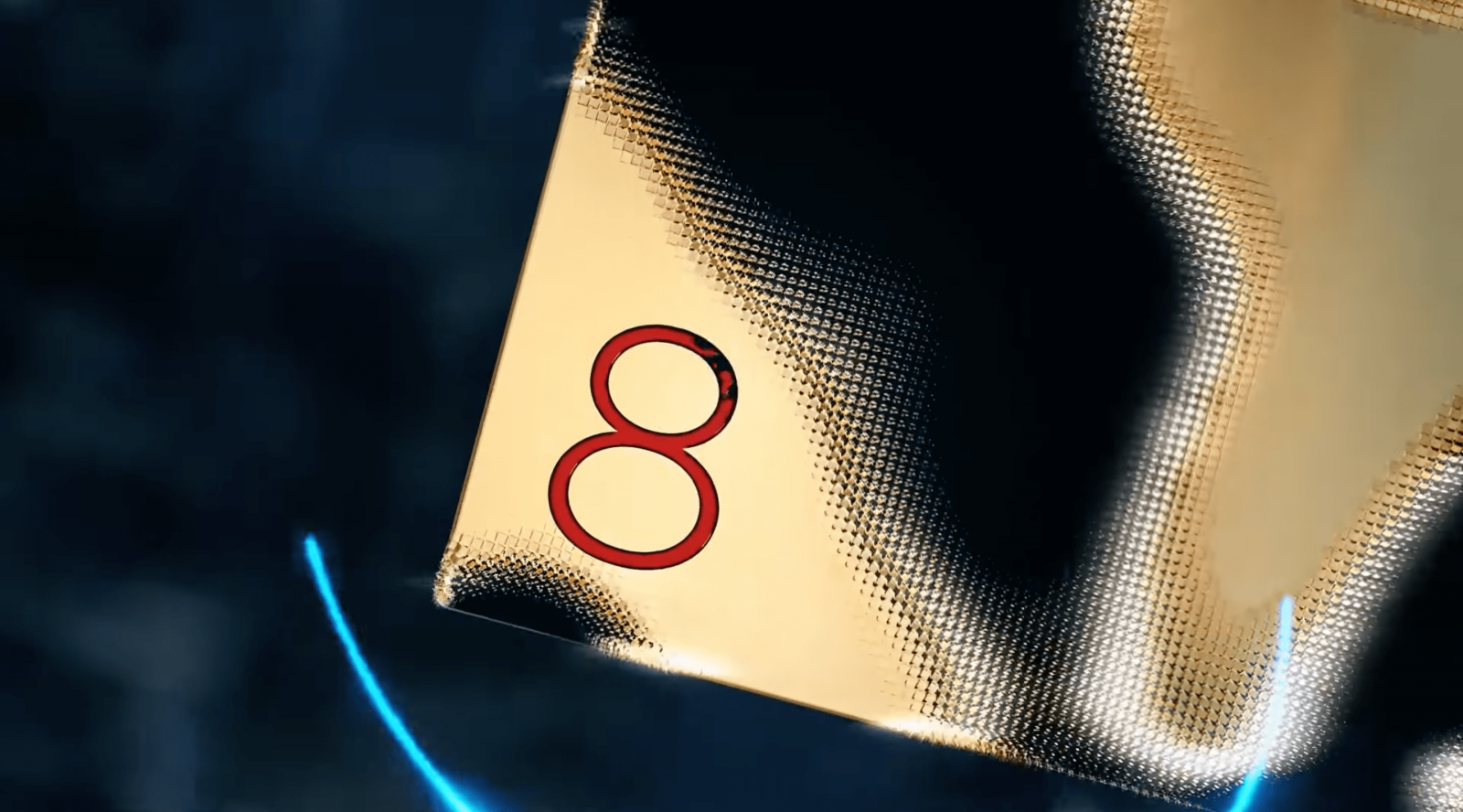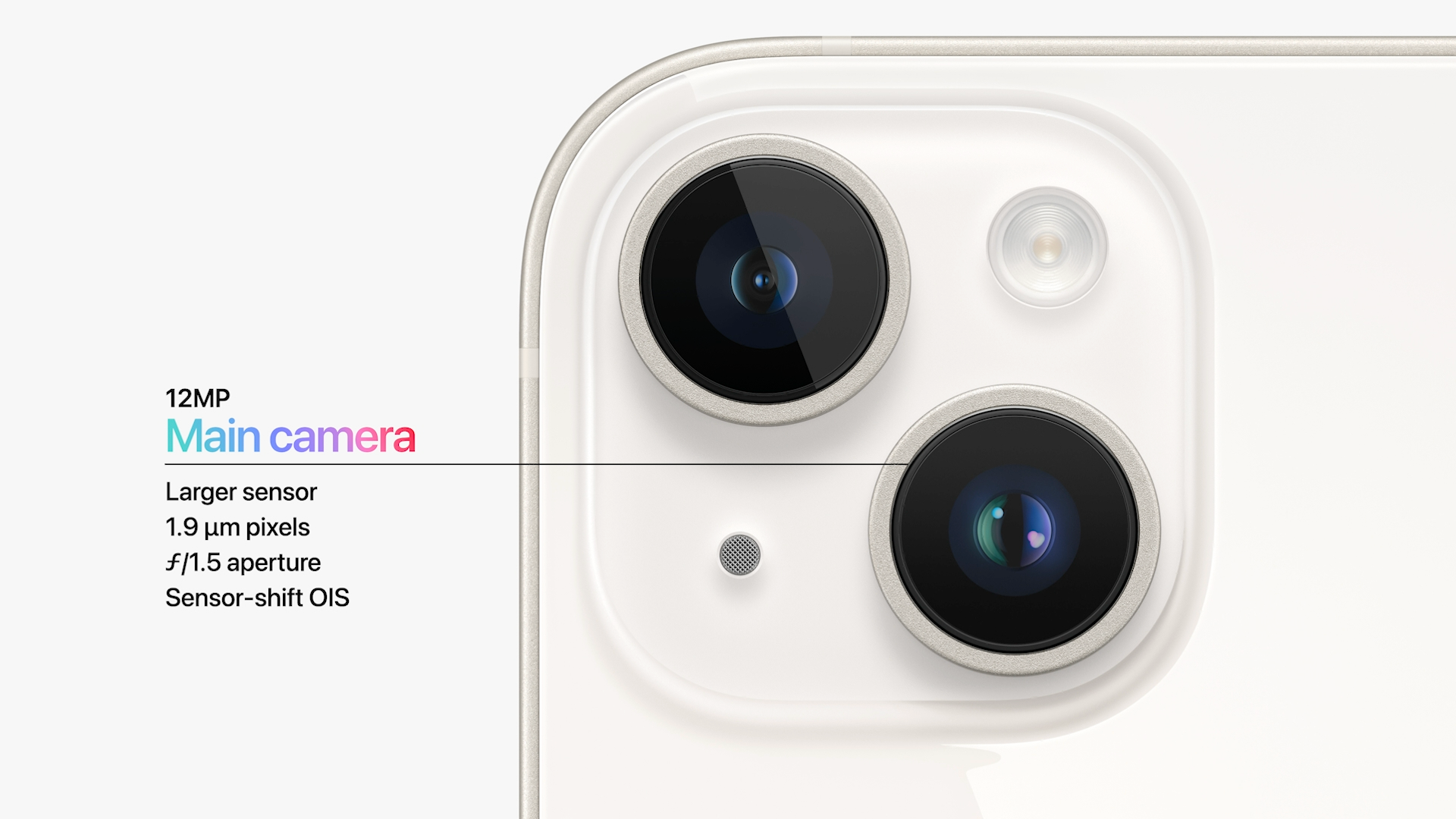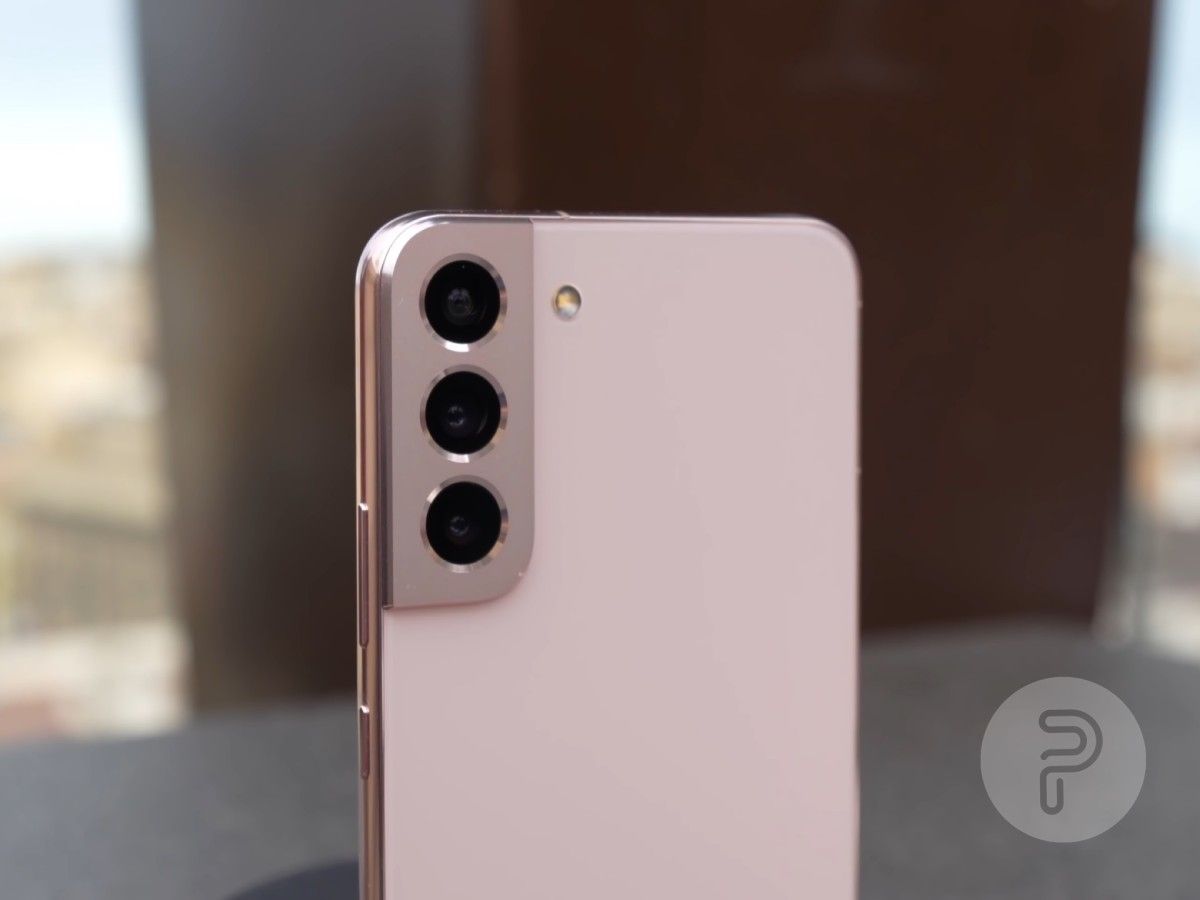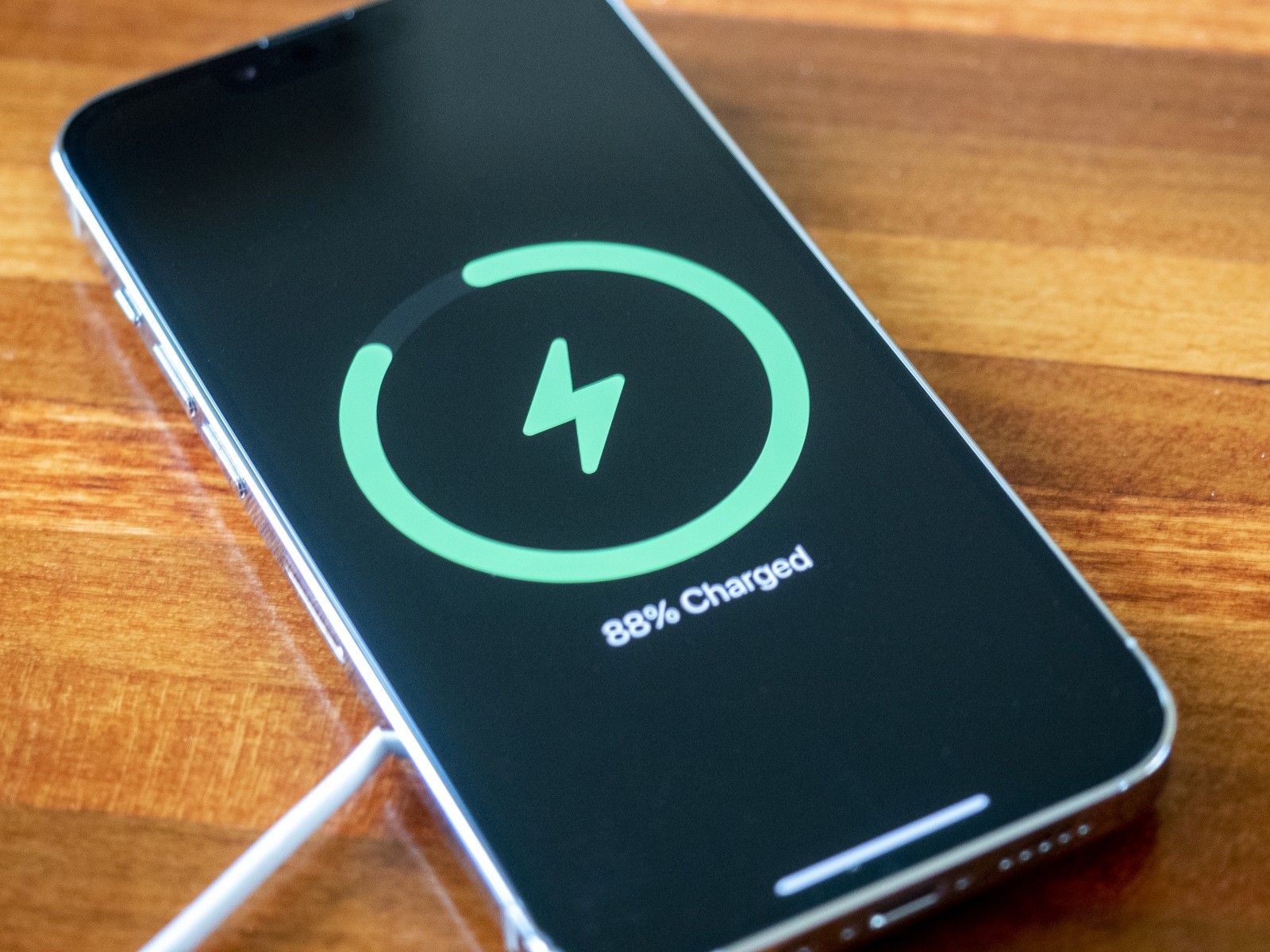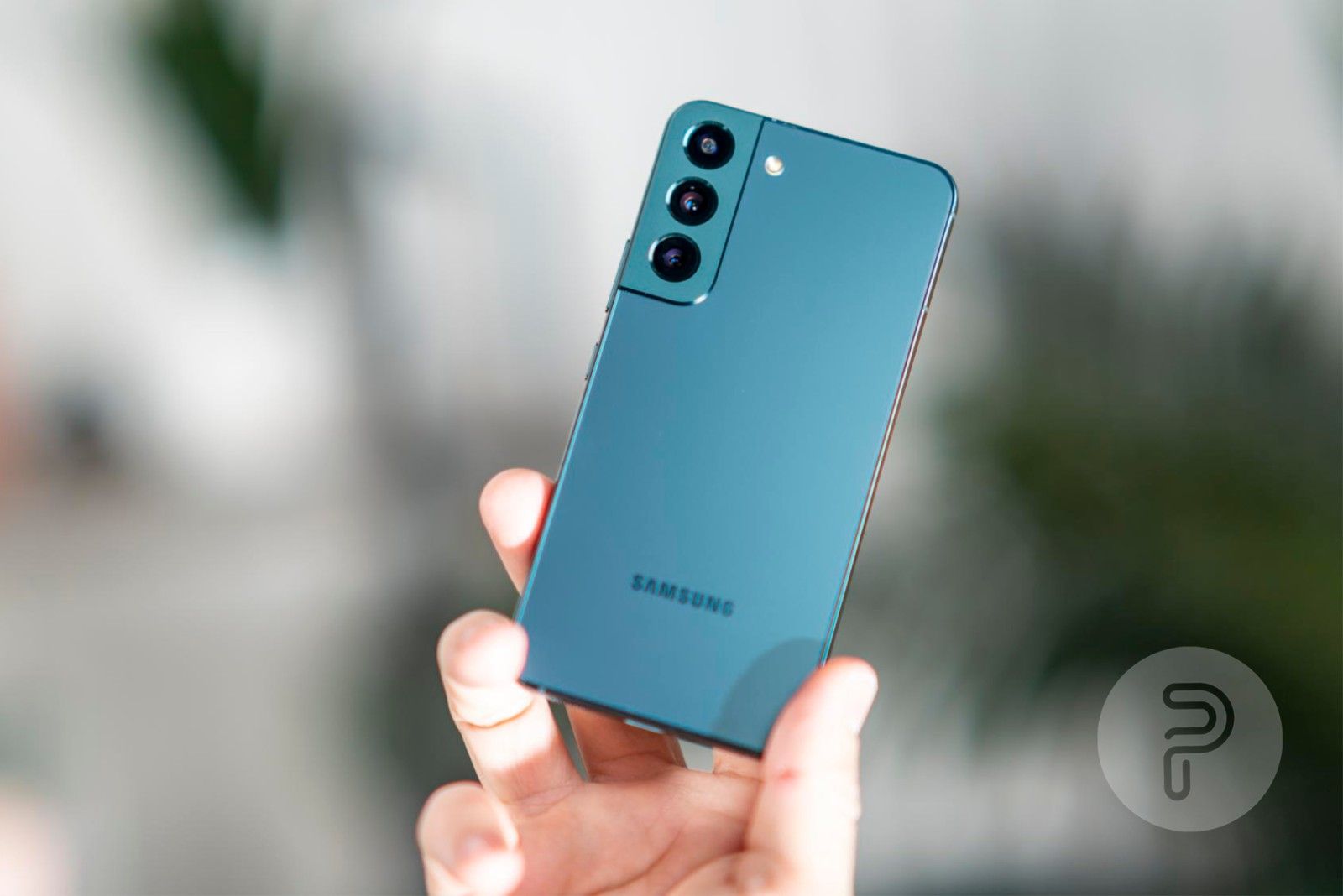Apple, with the launch of the iPhone 14 series last week, changed its strategy. The company decided to discontinue the mini iPhone series in favor of the iPhone 14 Plus model, which aims to provide the big-screen iPhone experience without the premium price of the Pro model. While the smartphone went on sale last week (you can find the best deals right here), the iPhone 14 Plus won't available until the next month.
There are plenty of smartphones on the market today that are available for a similar price to the iPhone 14 Plus. Samsung's Galaxy S22 Plus packs a lot of comparable features and specs, making it a worthy iPhone 14 Plus competitor. So, in this article, we see how the iPhone 14 Plus compares to the Samsung Galaxy S22 Plus to see which smartphone deserves a place in your pocket.
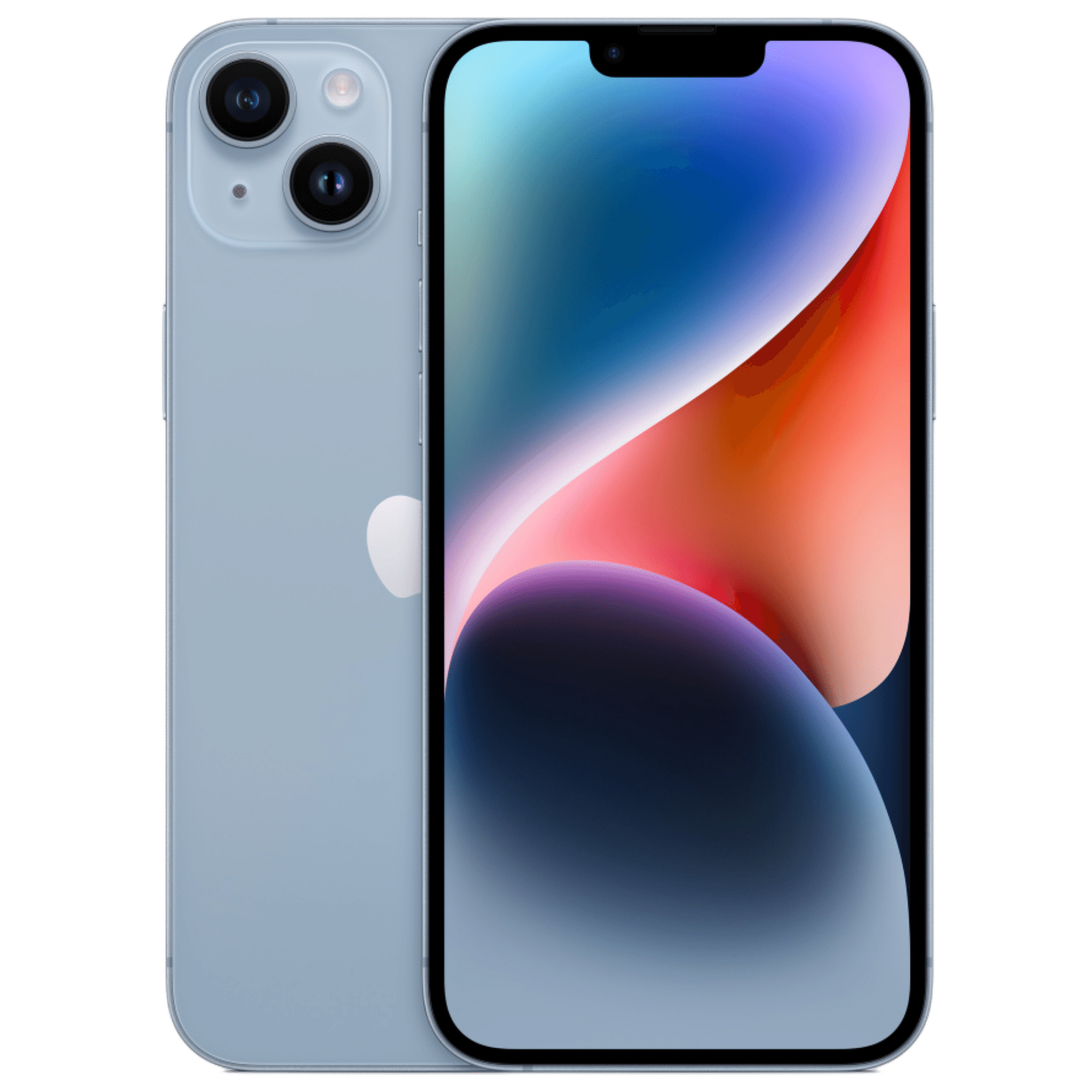
Apple iPhone 14 Plus
iPhone 14 Plus enters as the device to pick over iPhone 14 if you want the same high-tier performance and great cameras, with the added advantage of a screen that will help you see more at once and longer battery life.
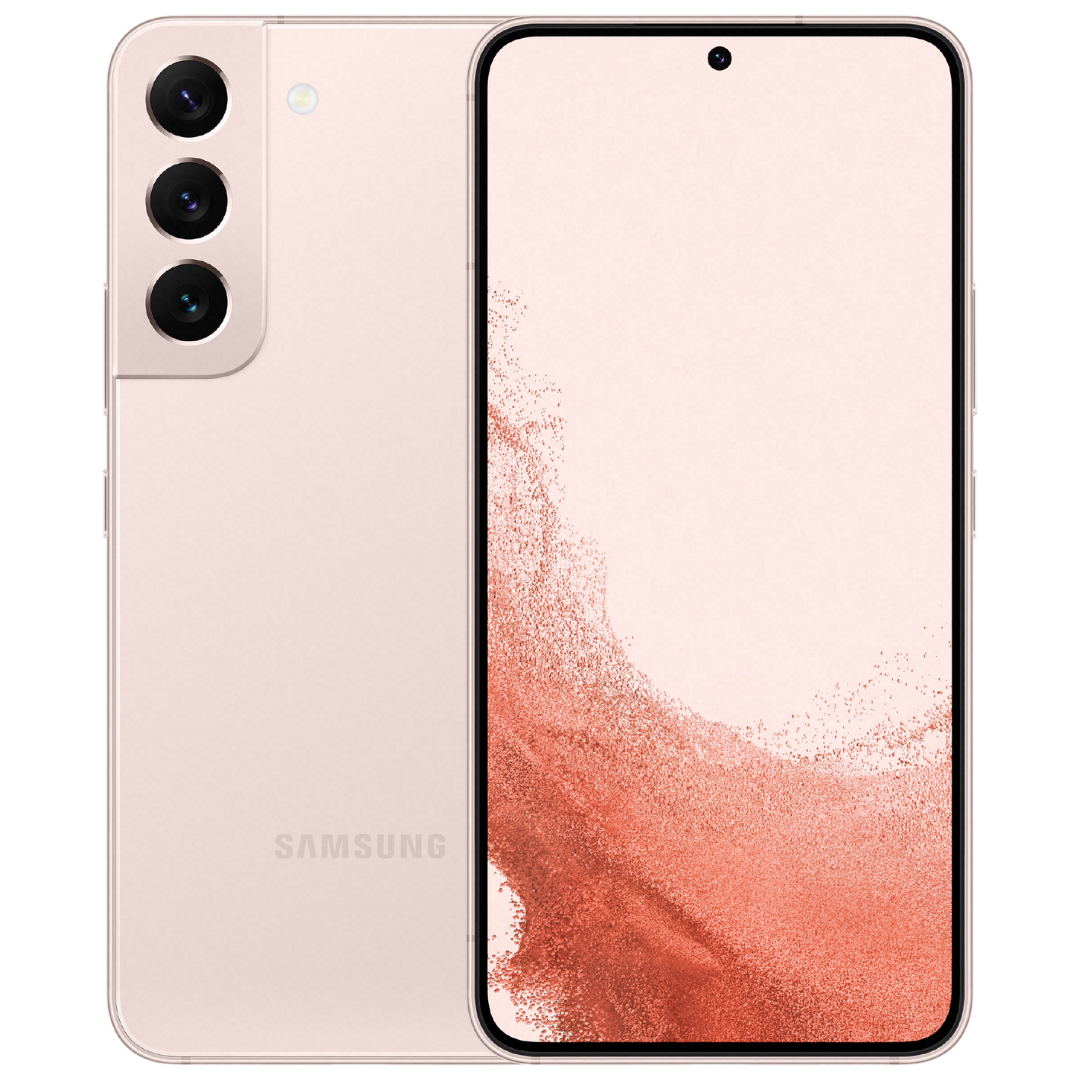
Samsung Galaxy S22 Plus
Samsung Galaxy S22 Plus features a larger 6.6-inch display, and comes with the same 4nm flagship chipset as the standard Galaxy S22. It has three cameras to capture your best and most memorable moments, and it has advanced night photography features for better low-light performance. It’s the best flagship device from Samsung, including all of the essential features and some more for good measure.
Technical Specifications
|
Smartphone |
iPhone 14 Plus |
Samsung Galaxy S22 Plus |
|---|---|---|
|
Operating System |
iOS 16 |
One UI 4.1 (based on Android 12) |
|
Dimensions |
160.8 x 78.1 x 7.80 mm |
157.4 x 75.8 x 7.6 mm |
|
Weight |
203 grams |
196 grams |
|
Display |
6.7-inch, Super Retina XDR OLED |
6.6-inch Dynamic AMOLED 2X |
|
Display Features |
|
|
|
Processor |
Apple A15 Bionic |
Qualcomm Snapdragon 8 Gen 1 / Exynos 2200 |
|
RAM |
6GB |
8GB |
|
Internal Storage |
128GB, 256GB, 512GB |
128GB, 256GB |
|
Expandable Storage |
No |
No |
|
Rear Camera |
|
|
|
Front Camera |
12 MP, f/1.9, autofocus, HDR |
10 MP, f2.2, 80-degree FOV |
|
Battery |
NA |
4500 mAh |
|
Charging |
|
|
|
Security |
Face ID, PIN, Pattern, Password |
Ultrasonic Fingerprint Scanner, PIN, Pattern, Password |
|
Connectivity |
5G, LTE, Wi-Fi 6, Bluetooth 5.3, NFC |
5G, Wi-Fi 6E, Bluetooth 5.2, NFC |
|
Ports |
Lightning Port, No 3.5mm Headphone Jack |
USB-C, No 3.5mm Headphone Jack |
|
Water Resistance |
IP68 |
IP68 |
|
Colors |
Black, White, Blue, Red, and Purple |
Phantom Black, Phantom White, Green, and Pink Gold |
|
Price |
$899 |
|
Design
Starting the iPhone 14 Plus vs. Samsung Galaxy S22 Plus comparison with the design, you'll notice that both smartphones are nothing but a stretched-out version of their less-costly siblings. The iPhone 14 Plus features the same squared-edge glass-sandwich build as the iPhone 14 (which in turn features the same design as the iPhone 13). It also features the same aluminum side rails and Ceramic Shield protection as the iPhone 14.
The Samsung Galaxy S22 Plus also carries the same Contour Cut design that the company first introduced with the Galaxy S21. The camera module protrudes from the back and flows over the device's left edge, blending seamlessly with the frame. The back has been given a hazy finish and is made out of Corning's Gorilla Glass Victus+.
While both smartphones feature IP68 dust and water resistance, it's worth noting that the iPhone 14 Plus is slightly bigger and heftier than the Samsung Galaxy S22 Plus. So if you're looking for a big yet compact smartphone that weighs under 200 grams, the Samsung Galaxy S22 Plus seems like the better choice.
Display
Bringing your focus to the front, the iPhone 14 Plus comes with a flat 6.7-inch Super Retina XDR OLED display. It features HDR10+ playback and a resolution of 1,080 x 2,340 pixels. However, the iPhone 14 Plus' panel refresh at 60Hz, and as a result, it loses to the Samsung Galaxy S22 Plus in the display department.
Even though the Samsung smartphone features a slightly smaller 6.6-inch display, it supports 120Hz adaptive refresh rate. This makes everything on the screen look smooth. Moreover, the Samsung Galaxy S22 Plus features a higher peak brightness of 1,750 nits compared to 1,200 nits on the iPhone 14 Plus, ensuring the display looks great outdoors.
The iPhone 14 Plus also doesn't come with the always-on display mode, something that both Samsung Galaxy S22 Plus and its pricier sibling (the iPhone 14 Pro) support. It's hard to beat Samsung in the display department, and if you're looking for a big-screen smartphone primarily for media and social media consumption, the Galaxy S22 Plus is your best bet.
Processor
The iPhone 14 is powered by the same A15 Bionic chipset found on the last year's iPhone models. The only difference between this year's A15 Bionic and last year's A15 Bionic SoCs is that the new chip features a new 5-core GPU, while the last year's chipset had a 4-core GPU. Even though it's not a major improvement, the A15 Bionic is powerful enough to handle all the tasks with ease.
Samsung Galaxy S22 Plus, on the other hand, also features a powerful SoC. It's, however, worth noting that the phone's processor can vary based on where you buy your phone from. Some models of the Galaxy S22 Plus use the Qualcomm Snapdragon 8 Gen 1 chipset, while some use Samsung's own Exynos 2200. Despite a few early reports of overheating and sluggish performance, Samsung has (mostly) fixed all the bugs of the S22 series, and the phone now performs on par with other Android flagships.
On the whole, you won't notice much of a difference between the performance of the iPhone 14 Plus and the Samsung Galaxy S22 Plus in day-to-day usage. Both smartphones will be able to handle any task you throw at them seamlessly.
Camera Hardware
Unlike the iPhone 14 Pro and 14 Pro Max, the iPhone 14 Plus comes with a dual-camera setup. This includes a 12MP primary sensor with an f/1.5 aperture and a 12MP ultra-wide lens. Apple says the 12MP primary sensor should produce better photos in daylight as well as in scenarios with low light. While we're yet to test the cameras on the iPhone 14 Plus —we'll soon be going hands-on with it, so make sure you stay tuned — they'll likely perform similarly to the cameras of the last year's iPhone 13, and they were not disappointing at all.
The Samsung Galaxy S22 Plus features a triple camera setup, which includes a 50MP main wide-angle camera, a 10MP telephoto lens, and a 12MP ultra-wide lens. The main 50MP camera of the device comes with features like Dual Pixel autofocus and Optical Image Stabilization. The 10MP telephoto lens features 3x optical zoom, while the ultra-wide unit boasts a field of view of 120-degree. The camera of the Samsung Galaxy S22 Plus impressed our Jaime Rivera a lot. You can find more about the camera performance of the Galaxy S22 Plus in our full review right here.
Battery
Last but not least, let's talk about batteries. This is one key area where Apple has improved a lot in the last few years. Gone are the days when we had to carry chargers with our iPhones, and with the iPhone 14 Plus, Apple is claiming that this model will offer the best battery life ever on an iPhone.
While the exact battery size is unknown (Apple never shares the 'mAh' capacity of its batteries), the iPhone 14 Plus, with its 60Hz refresh rate, should offer a similar battery life as the iPhone 13 Pro Max (which we found to be great). There's a chance that the battery may be ever so slightly better, but it's too early to tell, and we'll have to conduct more tests.
One of the key differences between the iPhone 14 and the Galaxy S22 we found was the poor battery life of the Samsung device. However, the S22 Plus fixes that with its 4,500 mAh cell and, as you can find in our review, the S22 Plus can easily last a whole day on a single charge. It also comes with faster 45W wired charging speed, which, Samsung claims, can charge the device from 0-100% in about an hour. Similar to the iPhone 14 Plus, the Samsung Galaxy S22 Plus also features 15W wireless charging.
The Samsung smartphone also outdoes the Apple iPhone 14 Plus with its reverse wireless charging feature. Using this feature, you can charge your Qi-compatible accessories, such as the company's own Galaxy Buds 2, by just placing the earbuds on the back of your phone. This feature is, however, not available on the iPhone 14 Plus.

Apple iPhone 14 Plus
iPhone 14 Plus enters as the device to pick over iPhone 14 if you want the same high-tier performance and great cameras, with the added advantage of a screen that will help you see more at once and longer battery life.

Samsung Galaxy S22 Plus
Samsung Galaxy S22 Plus features a larger 6.6-inch display, and comes with the same 4nm flagship chipset as the standard Galaxy S22. It has three cameras to capture your best and most memorable moments, and it has advanced night photography features for better low-light performance. It’s the best flagship device from Samsung, including all of the essential features and some more for good measure.

